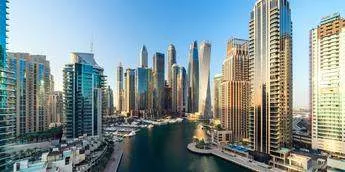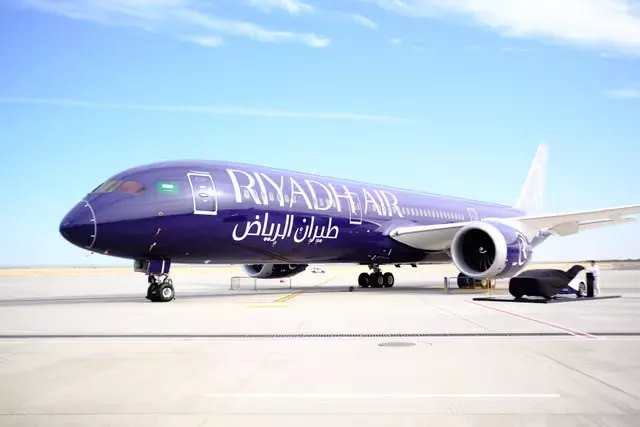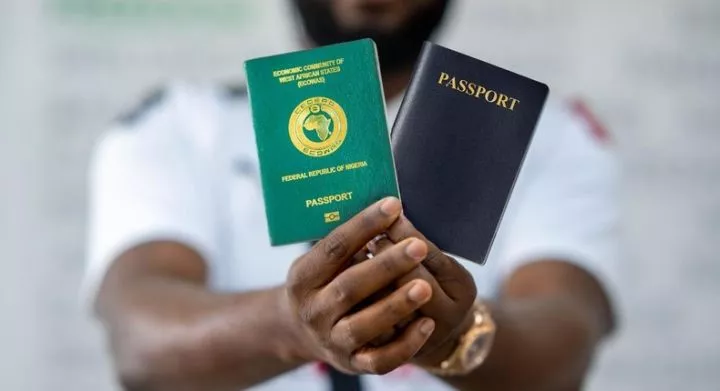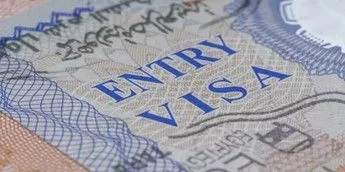Dubai has long been one of the most attractive economic hubs in the Gulf region.

The United Arab Emirates boasts strong infrastructure and a booming economy. The nation has invested heavily in tourism and aviation, positioning itself as a major player on the world stage and Dubai as a tourism hot spot.
Now, some of the country's Gulf neighbors are looking to emulate its success.
Under the rule of the Saudi Crown Prince Mohammed bin Salman Al Saud, Saudi Arabia hasn't been shy about its ambitions to beef up tourism and pour investment into aviation. It's working on a second flag carrier called Riyadh Air, for which it recruited the former CEO of Abu Dhabi's airline, Etihad.
The region is in the midst of a difficult transition away from its historic reliance on oil and gas.
It wasn't until 1966 that Dubai first struck oil. Neighboring emirate Abu Dhabi had already found it eight years earlier. Two decades before that, the world's largest source of petroleum was discovered in Saudi Arabia.
But while oil production once accounted for half of Dubai's GDP, it is now less than 1%, per data from Bloomberg. Around 40% of Saudi Arabia's GDP comes from oil.
So while Dubai was later than its neighbors to join the oil game, it has now left other nations to catch up as they diversify their economies.
As the UAE's neighbors look to diversify their economies, Dubai may find itself with some new competition.
Dubai is the world's second-most visited city
The UAE owes a lot of its economic success to international travel.
Over the last 25 years, Dubai has made strides to be attractive to foreign visitors, loosening rules around alcohol and investing in flashy infrastructure. According to Forbes' 2023 Travel Guide, Dubai has nine 5-star hotels, compared to Abu Dhabi's three and two in Qatar and Saudi Arabia.
The development has paid off in spades. The city was the second-most visited city in the world last year, according to CNN, while no other city in the Middle East even appeared in the top 20.
Other Gulf nations appear to have one eye on Dubai's success.
Saudi Arabia has made it clear that it wants in on international travel, stating it aims to attract 100-150 million visitors by 2030.
Faisal Alibrahim, Saudi Arabia's minister of economy and planning, said the country was already making progress on the goal. Speaking on a panel at the World Economic Forum in Davos, Alibrahim said Saudi Arabia's "exported services in 2023 - mainly tourism - grew at 135% compared to the year before."
While Saudi crown prince Mohammed Bin Salman has previously stated that megaprojects like Neom are not intended to compete with Dubai, the targets have been eye-wateringly ambitious
The design for The Line, a 105-mile-long city in Neom.Courtesy of Neom
"The scale of the plans from Saudi Arabia, if they succeed, would really dwarf anything Dubai has ever done," Kristian Coates Ulrichsen, a fellow for the Middle East at Rice University's Baker Institute for Public Policy, told Business Insider.
However, the chances of Saudi's success are still up for debate. The nation is still facing significant challenges when it comes to global branding.
"Dubai has a 25-year headstart; it has the infrastructure and the aspirational appeal," Ulrichsen said, adding that the city was still investing in and strengthening its tourism industry while Saudi Arabia essentially played catch up.
In contrast, nations like Qatar have been quite explicit that they don't want to be another Dubai. The nation is seemingly happy to accept fewer visitors to avoid replicating the city's reputation as a hot spot for partying Westerners.
"The Qatar model is much more niche in the sense of going for specific events and more high travel," he said. "They don't want that kind of hedonistic Dubai atmosphere."
Saudi Arabia is catching up with a new airline
The competition is perhaps the most heated in the aviation industry.
Middle Eastern airlines are known for offering some of the best business-class products, which helps to attract more visitors.
On its double-decker Airbus A380, Dubai's airline, Emirates, has top amenities like a shower for business-class passengers, plus an on-board bar.
It is the most popular Middle Eastern airline by passenger volume and revenue - bringing in $32.6 billion in the 2022/2023 financial year. Yet the contest is close, with Qatar Airways hot on its tail, reporting $20.9 billion in the same period.
The Qatari flag carrier was founded eight years later than Emirates, but it was the former that Skytrax named the world's best business class last year. In 2022, Qatar Airways won the Best Airline award for a record seventh time.
The grandest seat in commercial aviation, however, can be found on Etihad Airways. "The Residence" not only has a first-class suite, but a separate bedroom, a private bathroom, and a personal butler. It costs around $30,000 for a round trip.
Still, Emirates is due to face even more competition from Saudi Arabia.
The flag carrier Saudia was founded in 1945, but has never been as luxurious other Middle Eastern carriers. Riyadh Air first showed off its distinct brand with a lavish purple livery at last year's Paris Air Show. Its first flight is planned for 2025.

Riyadh Air's Boeing 787 Dreamliner at the 2023 Dubai Airshow.Pete Syme/Business Insider
In a media briefing at the time, CEO Tony Douglas said he hopes it will improve tourism to the country's capital.
Douglas said it will "connect our citizens to the world, and the many interested visitors from around the world to the incredible destination attractions that are within the Kingdom of Saudi Arabia."
Riyadh Air has ordered up to 72 Boeing 787 Dreamliners - 39 of which are firm orders. That's a strong indication of its intent for global, long-haul flights. However, it's yet to announce a deal for single-aisle jets.
And even if it succeeds in attracting tourists to Saudi Arabia, it is unlikely to knock Emirates off its perch.
Its hub, Dubai International Airport, was the world's second-busiest airport last year with a capacity of 56.5 million seats, according to the travel data provider OAG.
It can be a key connection between Europe and the Americas to Africa and Asia. Although it's fair to say Qatar has also fulfilled this role: OAG said it was the ninth busiest airport for international traffic with 28.6 million seats.
Whether Saudi Arabia can also create a popular hub not only depends on Riyadh Air's fleet size and the quality of its business-class product, but also on whether ambitious projects like Neom come to fruition and attract visitors.
The megaprojects and the new airline both need to be successful for the kingdom to catch up as a tourism destination.
















Comments